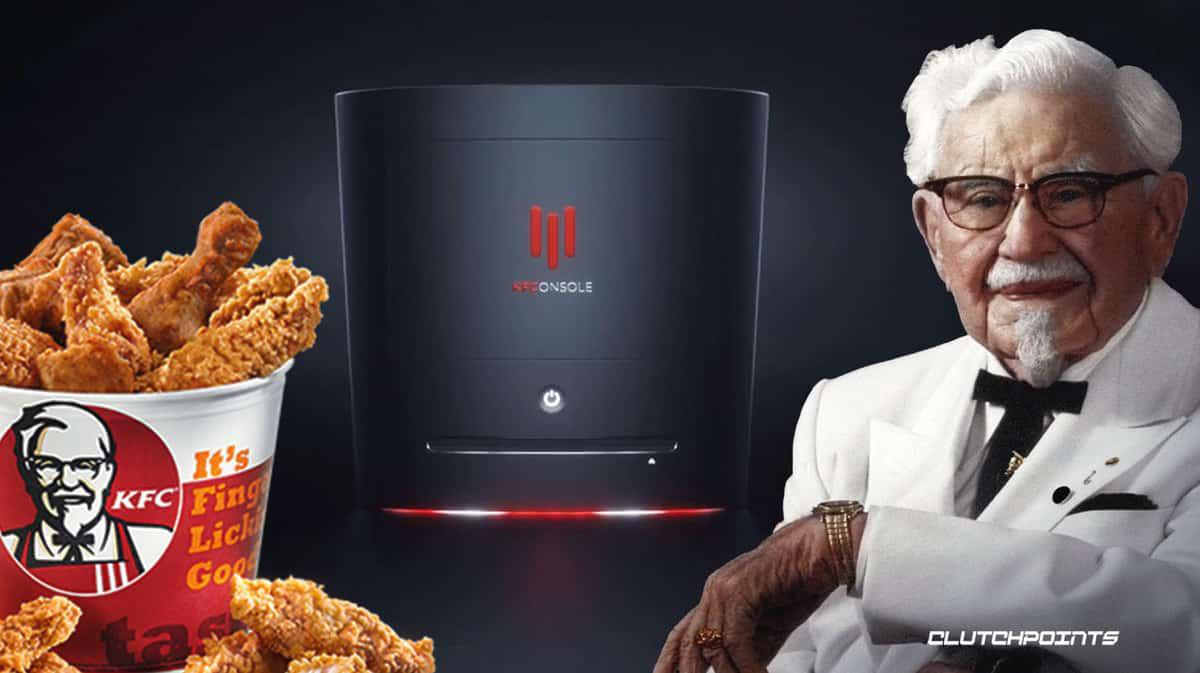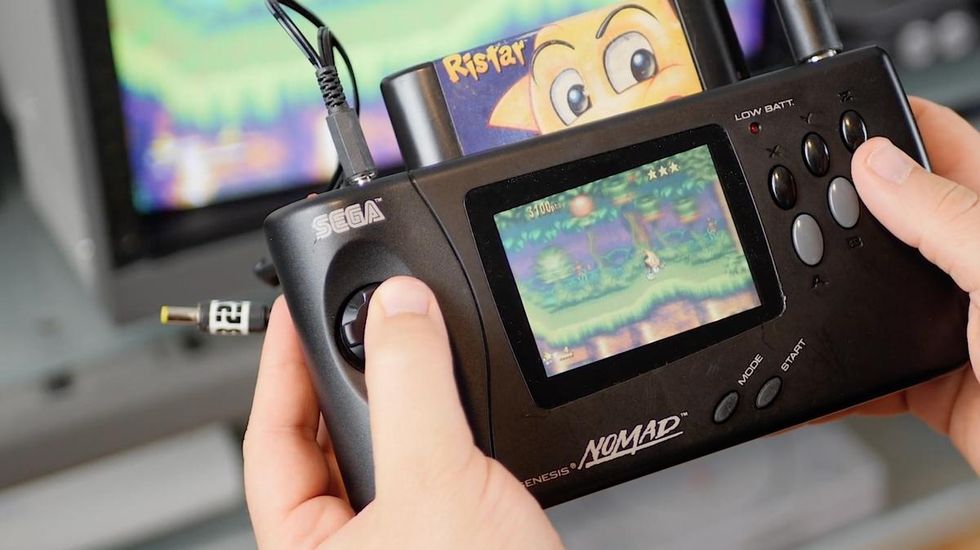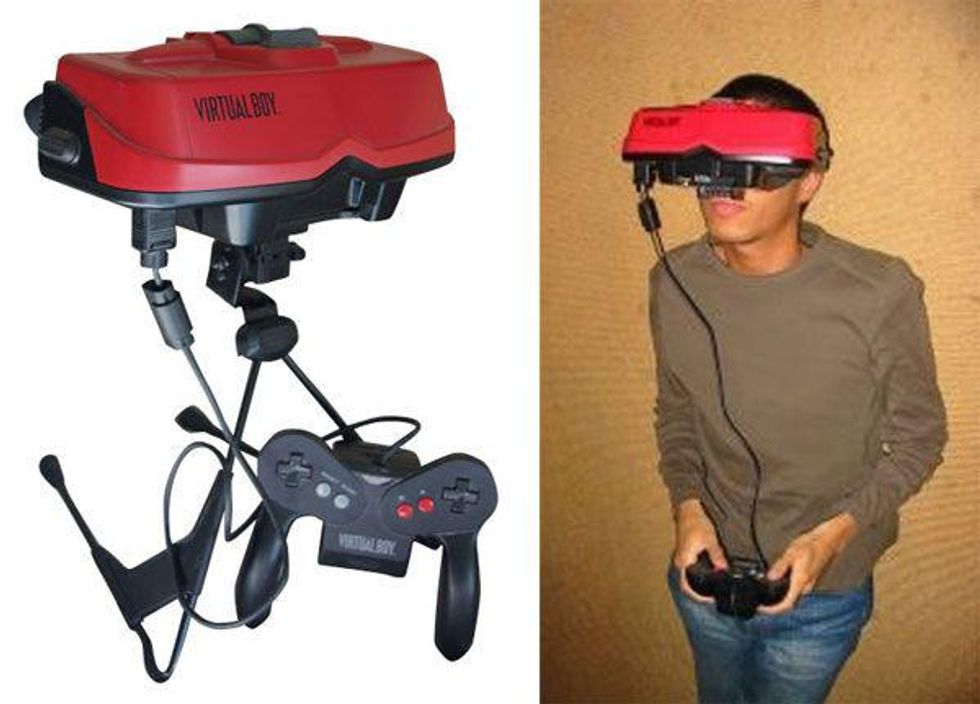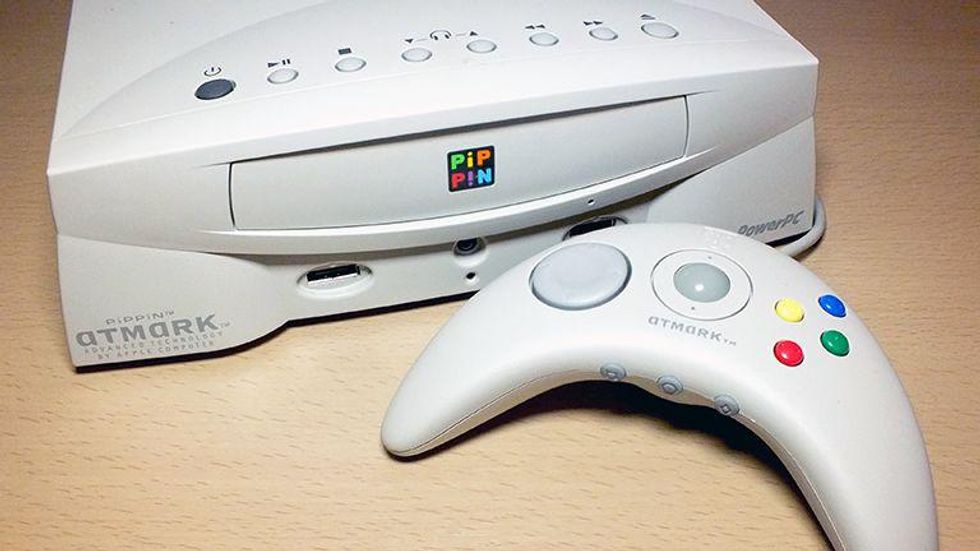
When it was announced last December that KFC would release their own games console, it begged the question: is this the worst gaming console of all time?
Sadly, not even close. The KFConsole, as it’s called, not only offers 4k display but runs virtual reality at a smooth 240 frames per second, and comes equipped with a chicken chamber.
The built-in compartment, which is designed to maintain your KFC chicken at the perfect temperature, is equipped to handle “intense gaming sessions” that may stir up clawing hunger. While the idea of a chicken gaming system is undoubtedly a bizarre idea that no one especially asked for, it definitely inspires curiosity. But the terrible gaming consoles just haunt us.
Sega Nomad

While the Sega Nomad may remind millennials of the amazing Nintendo Switch, the Nomad is like if the Switch had been invented in the 90s. Meant to be a portable rendition of the Sega Mega Drive, Sega wasn’t particularly crazy about the console to begin with and barely promoted it throughout its launch.
It needed six AA batteries to work, and even then only had a battery span of around 2 hours, but it could sometimes actually be as low as half an hour. Not to mention, it wasn’t compatible with every Mega Drive game, and cost a whopping $180.
The Virtual Boy by Nintendo

Before VR was a thriving success, there was The Virtual Boy, Nintendo’s tepid attempt at virtual reality back in 1995. VR had been touch and go throughout most of the 80s and reappeared briefly in the 90s, but The Virtual Boy all but assured its demise once again. The headset was extremely uncomfortable and its poor 3D effects were nauseating. A lack of compelling games was enough to shelve the VR experience until relatively recently.
The Action Max

In 1987, the Worlds of Wonder Action Max was advertised as being a gaming experience unlike any other. Meant to bring the arcade into your living room, the limiting gaming experiences grew tiresome rather quickly. It wasn’t even its own console, it just hooked up to your already existing VHS player, and if you didn’t have a VHS player, you were sh*t out of luck. The console only supported 5 games, making for an overall terrible experience.
Apple Pippin

While Apple continues to take over everything, from streaming services to potentially search engines, the Apple Pippin was Steve Jobs’s attempt at infiltrating the gaming industry back in 1996. But the resulting console was probably Apple’s biggest disappointment. The Pippin, or PiPP!N as it was stylized, was essentially just a Macintosh computer built for gaming, but it came with a severe lack of games, not to mention the introductory price was an absurd $599. Apple soon canned the project shortly after launch due to lack of interest.
The Lynx By Atari

Alongside SEGA, Atari had some of the most abysmal gaming consoles of the 20th century, the worst probably being 1989’s The Lynx. Atari’s attempt at a handheld system, it was meant to rival the Nintendo Game Boy, which was absolutely thriving at the time. On paper, everything looked good. It offered color LCD, and actually was fairly successful from the jump, selling 90% of its initial 50,000 units. But as time went on, it was clear Atari couldn’t deliver.
The demand of consumers ended up being too great, and Atari hadn’t made enough units to meet that demand. So as they developed more handhelds, parents went out and bought the GameBoy instead. Then, a poor selection of games and insanely weak battery life all but killed The Lynx.
The N-Gage by Nokia

Yes, Nokia as in the phone company. The N-Gage was the phone companies attempt at transitioning into gaming, and it was a disaster. Marketed as both a gaming console AND a phone, neither worked especially well. You were required to hold the phone sideways in order for it to work, and the games were glitchy, poorly constructed, and just not that fun. Not to mention, the buttons were insanely close together, which made for frustrating gameplay.
The Atari Jaguar

Marketed as the world’s first 64-bit platform, The 1993 Atari Jaguar was a highly anticipated experience. But once it was realized, the Jaguar petered out like a wet fart. Its 32-bit processor and accelerated 64-bit graphics system made it impossible to develop games for. Not to mention the hardware did not run smoothly, as it was rampant with bugs, and the controller wasn’t intuitive at all. Collectively all these issues made the Jaguar the most disappointing console in history.













